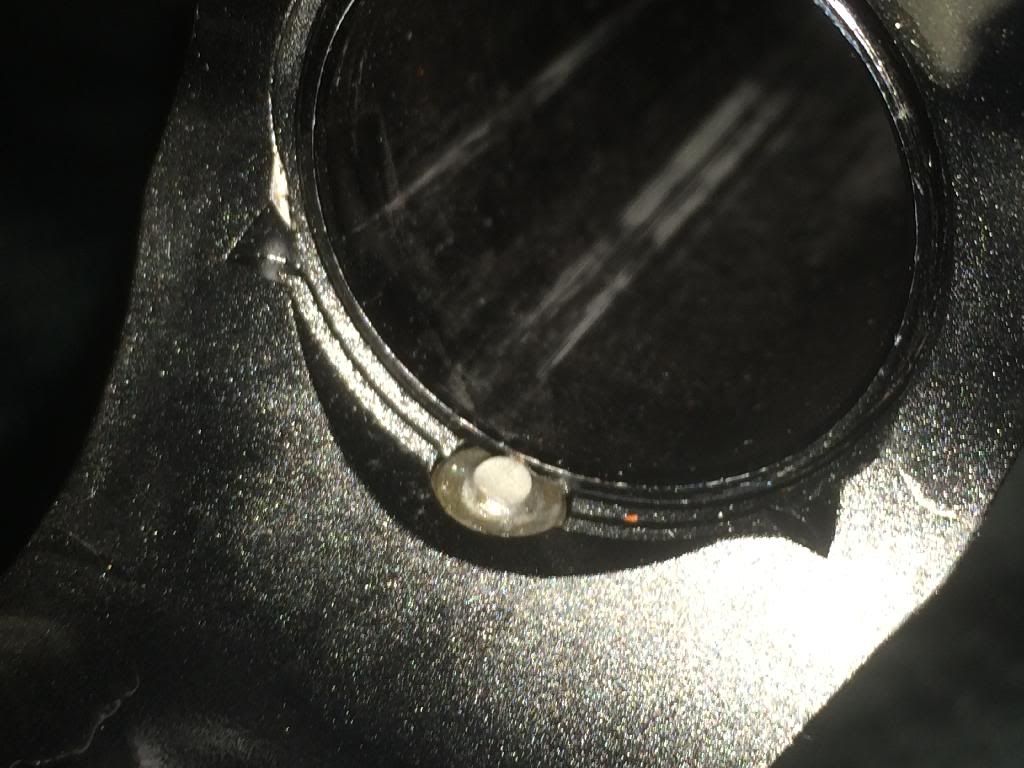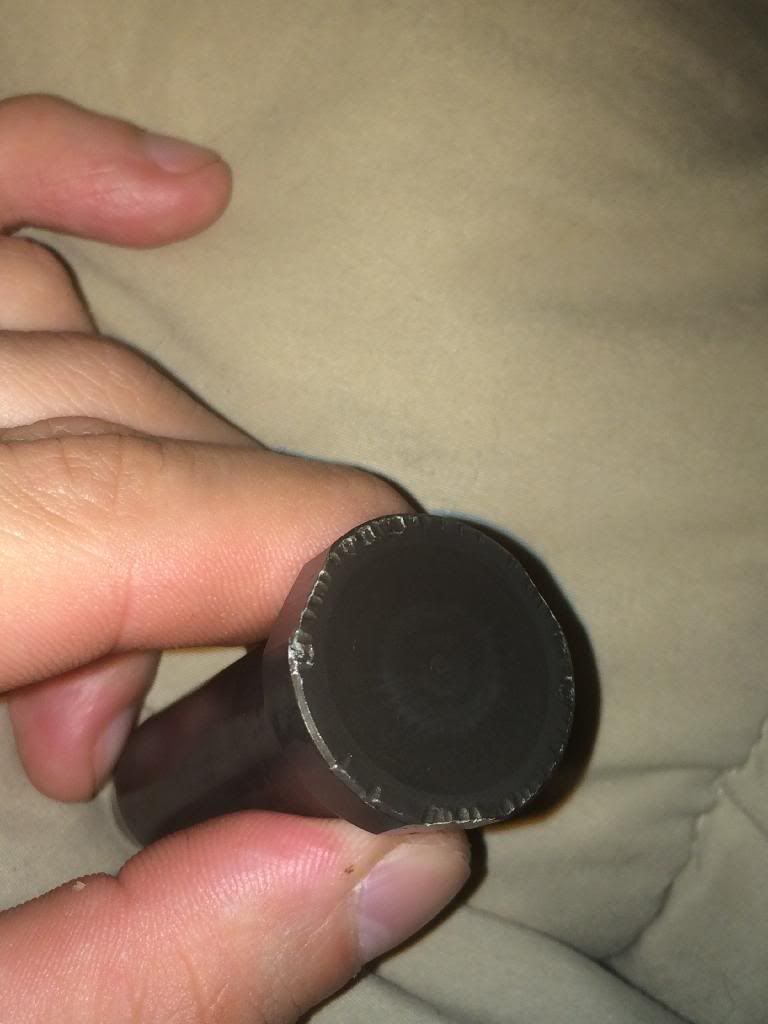Well...it could be any number of issues, BUT...here is some info I have posted in the past on this same issue:
I have seen similar results on ARs where the lower was out of spec. Specifically, if the buffer detent pin hole in the lower was improperly placed too far rearward...toward the receiver extension/buffer tube...it can allow the buffer to make contact with the detent pin instead of the back of the carrier and cause exactly the buffer damage you are experiencing. The only time, on an in-spec, normally functioning AR whether AR-15 or large-frame AR, that the buffer should contact the buffer detent is when the upper is pivoted up or removed completely from the lower. All that pin does is "capture" the buffer and spring from popping out of the lower/launching, but otherwise, the buffer hits the carrier...not the buffer detent pin. Alternatively, the other part that could be the problem is that your carrier could be out of spec (i.e. - too short) and allowing the buffer to slam forward into the pin (shearing it off, etc.).
What brand lower is it? What carrier?
That said, there are multiple ways to address the problem.
1) you can just remove the now broken buffer detent and spring and run the rifle without those parts. However, every time you pivot the upper on the lower or remove it completely, you'll need to be prepared to catch flying components or at a minimum, keep them from striking you in a bad spot!

2) you can milling the face of the buffer to remove a ring of material around the entire face of the buffer sufficient to keep it from striking the buffer retainer pin unless and until you go to pivot the upper on the lower. However, in doing so, you weaken the buffer face somewhat which could result in other problems.
3) you could also look into one of the "anti-cant" style buffers made for piston driven ARs that look like this which more or less already have a sizeable relief cut in them (more so than what you'd need to mill off your existing buffer to resolve the problem):
Heavy Buffers | Products Those buffer were designed to deal with the issue of "carrier tilt" which won't be an issue in a DI rifle, but they do have the face of the buffer milled in a similar fashion to what you'd be doing to yours. The problem with doing that on a "standard" buffer is that there isn't nearly as much material on the face as Slash's anti-cant buffers and may cause the weakening of the buffer I mentioned above.
The best course of action is to replace or repair the lower or the carrier (whichever might be the culprit), but I realize that gets expensive and poses other issues too.
Good luck!





